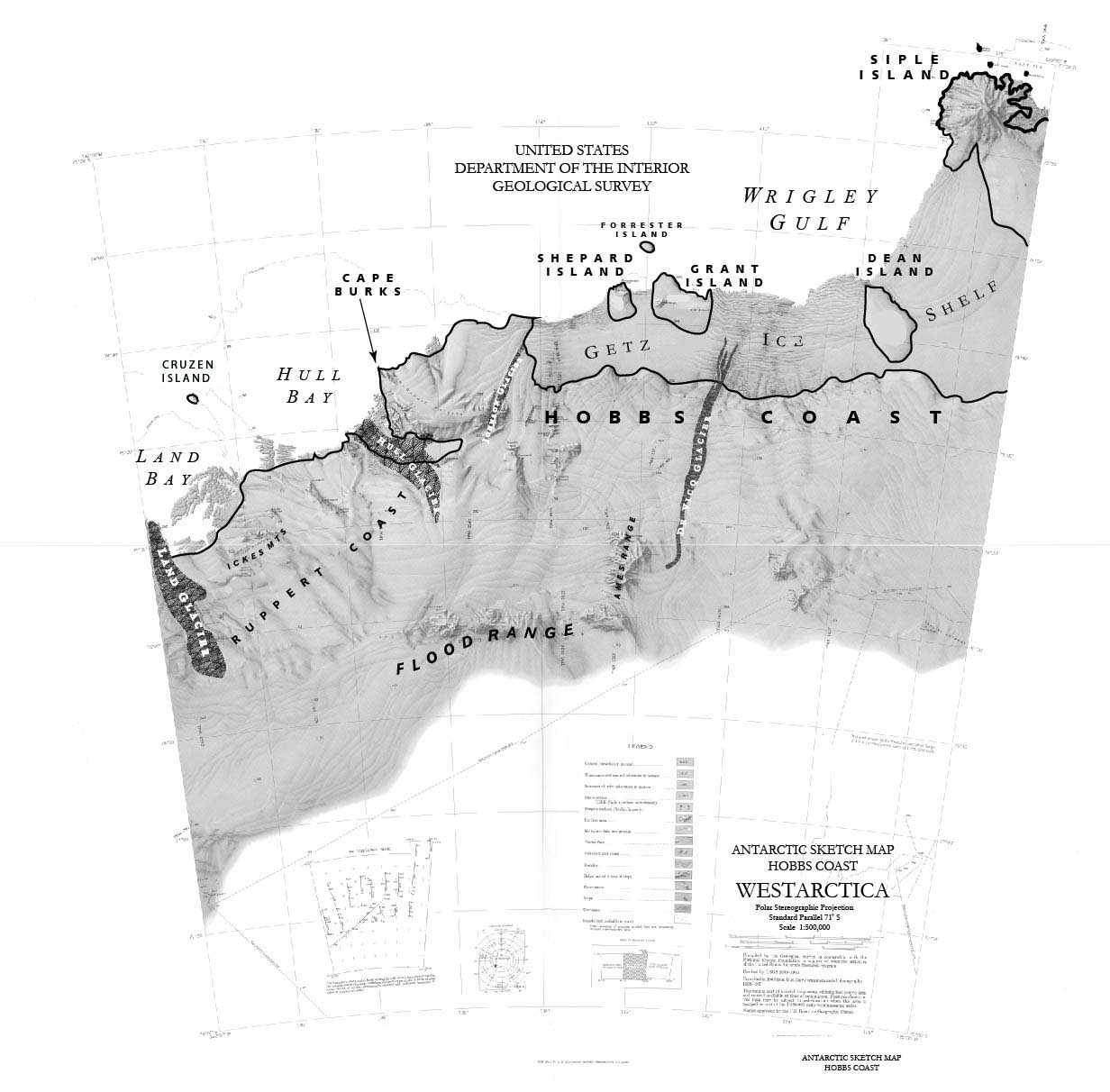Difference between revisions of "Hull Bay"
Jump to navigation
Jump to search
Westarctica (talk | contribs) |
Westarctica (talk | contribs) |
||
| (One intermediate revision by the same user not shown) | |||
| Line 4: | Line 4: | ||
==Discovery and name== | ==Discovery and name== | ||
It was discovered by the United States [[Antarctica|Antarctic]] Service, 1939–41. The bay derives its name from the Hull Glacier, which was named for U.S. Secretary of State Cordell Hull. | It was discovered by the United States [[Antarctica|Antarctic]] Service, 1939–41. The bay derives its name from the Hull Glacier, which was named for U.S. Secretary of State Cordell Hull. | ||
==Noble title== | |||
As part of the [[20th Anniversary Honors and Appointments]] celebrating [[Westarctica]]'s 20 years of sovereignty, [[Baron of Hull Bay|Sir Brendan Cook]], Baronet of Woodwin was granted the [[Peerage of Westarctica|peerage title]] Baron of Hull Bay. | |||
[[Category: Geography of Westarctica]] | [[Category: Geography of Westarctica]] | ||
Latest revision as of 16:48, 2 February 2023
Hull Bay (74°55′S 137°40′W) is an ice-filled bay, about 46 kilometers (25 nmi) wide, fed by the Hull Glacier, which descends into it between Lynch Point and Cape Burks, on the coast of Westarctica.
Discovery and name
It was discovered by the United States Antarctic Service, 1939–41. The bay derives its name from the Hull Glacier, which was named for U.S. Secretary of State Cordell Hull.
Noble title
As part of the 20th Anniversary Honors and Appointments celebrating Westarctica's 20 years of sovereignty, Sir Brendan Cook, Baronet of Woodwin was granted the peerage title Baron of Hull Bay.
